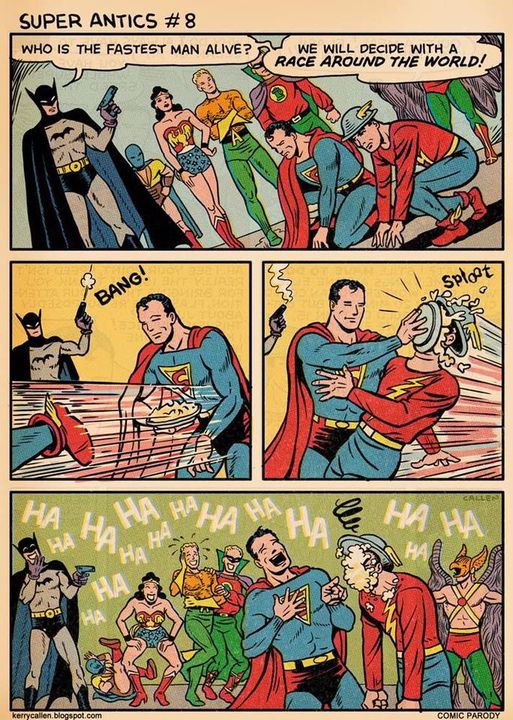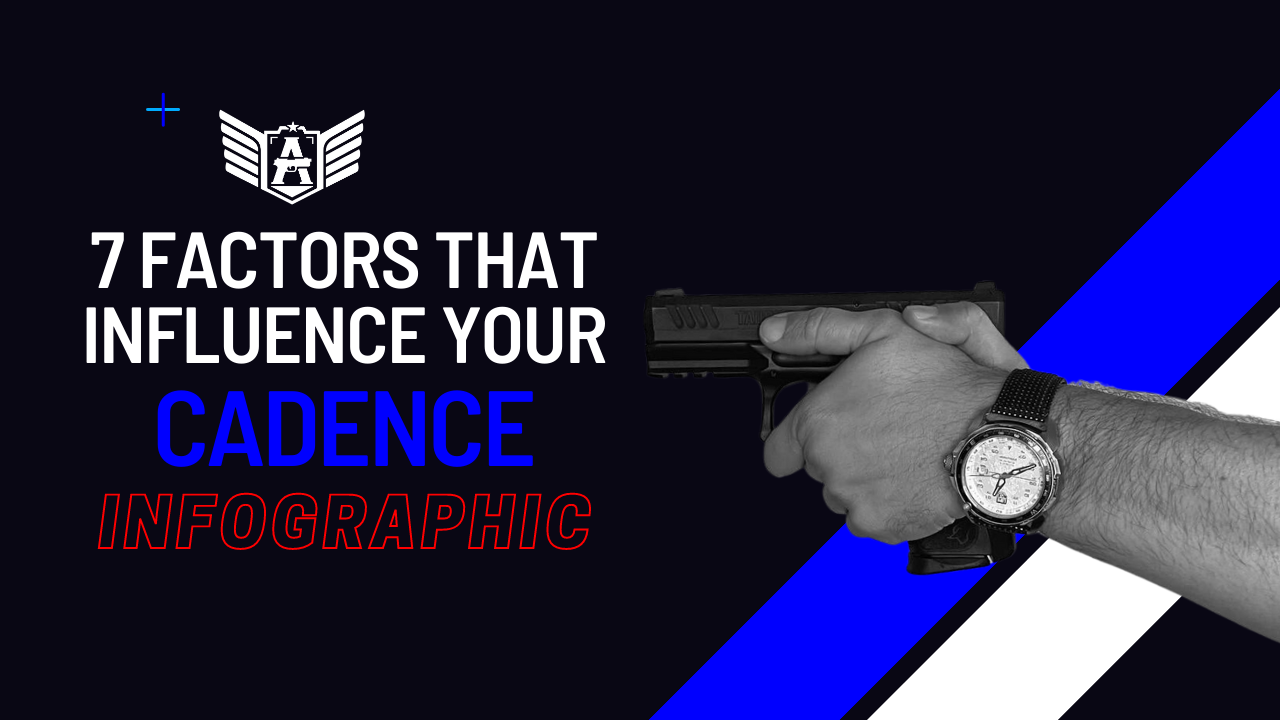
Okay, I have to admit. It’s super fun—and why not say it: super tactically-sexy—to trigger a shot timer and in a split second, draw, shoot, hit 5 moving targets, do a somersault, whistle the national anthem, and order a hamburger on iFood while discussing your relationship with your wife. It’s really cool! Videos filled with engagement and fans. But from a skeptical standpoint, seriously, where does this fit in an armed combat situation?
Before the haters start attacking me: yes, it’s crucial to be fast. It’s never a disadvantage to be faster. It’s never bad to be more precise or accurate. You should have the best weapon you can. Be as fast as you can, as strong as you can, and so on.

However, life is full of trade-offs. To achieve A, you have to give up B, or vice versa. Speed implies neglect of situational awareness.
I see people training “CQB” at “IPSC” speed. Is nothing being left behind? Are you sure?

In a compelling study conducted by Kyle M. Wilson and his team from the University of Canterbury, their research delves into the critical investigation of inhibitory control and its potential impact on friendly-fire incidents. Published under the title “Friendly Fire and the Sustained Attention to Response Task,” the researchers, including James Head, Neil R. de Joux, Kristin M. Finkbeiner, and William S. Helton, sought to explore a novel perspective in understanding the factors contributing to these incidents. Their work, detailed in the following paragraphs, sheds light on the intricate dynamics between inhibitory control and the occurrences of friendly-fire situations.

Exercise caution: refrain from firing your weapon at a pace that exceeds the speed of your cognitive processing. Remember, strategic thinking and precision are paramount in crucial moments
Reiterating: the significance of speed cannot be overstated. Swift, precise actions undoubtedly hold merit, particularly in scenarios demanding quick responses. However, it is imperative to underscore that, above all, ensuring one’s survival takes precedence. While proficiency in rapidity is commendable, the ultimate question persists: What holds greater priority for you – the swift execution of actions or the assurance of sustained existence?

References
Dang, J. S., Figueroa, I. J., & Helton, W. S. (2018). You are measuring the decision to be fast, not inattention: the Sustained Attention to Response Task does not measure sustained attention. Experimental Brain Research, 236(8), 2255–2262. doi:10.1007/s00221-018-5291-6
Head, J., & Helton, W. S. (2014). Sustained attention failures are primarily due to sustained cognitive load not task monotony. Acta Psychologica, 153, 87–94. doi:10.1016/j.actpsy.2014.09.007
Helton, W. S., Weil, L., Middlemiss, A., & Sawers, A. (2010). Global interference and spatial uncertainty in the Sustained Attention to Response Task (SART). Consciousness and Cognition, 19(1), 77–85. doi:10.1016/j.concog.2010.01.006
Wilson, K. M., Head, J., de Joux, N. R., Finkbeiner, K. M., & Helton, W. S. (2015). Friendly Fire and the Sustained Attention to Response Task. Human Factors: The Journal of the Human Factors and Ergonomics Society, 57(7), 1219–1234. doi:10.1177/0018720815605703




